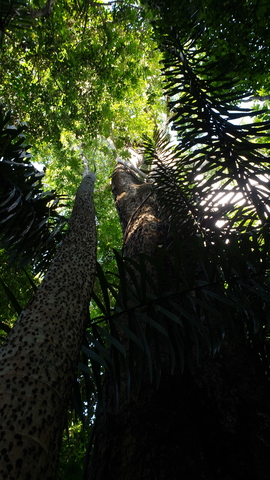Overview:
Amazonia hosts the Earth’s largest tropical forests and has been shown to be an important carbon sink over recent decades. This carbon sink seems to be in decline, however, as a result of factors such as deforestation and climate change. We investigate Amazonia’s carbon budget and the main drivers responsible for its change into a carbon source. We performed 742 aircraft vertical profiling measurements of lower-tropospheric concentrations of carbon dioxide and carbon monoxide at four sites in Amazonia from 2010 to 2020. The carbon emissions are greater in eastern Amazonia than in the western part, mostly as a result of deforestation and the changes promoted mainly in the dry season, which is becoming dryer, hotter, and longer.

Bio
Dr. Luciana V. Gatti has a degree in Chemistry from USP and is a senior researcher in climate change for the Brazilian National Institute for Space Research (INPE) and a Greenhouse Gas (GHG) Laboratory coordinator at CCST / INPE’s General Coordination of Earth Science Center. She is a member of SSC IG3IS - Implementing an Integrated Global Greenhouse Gas Information System. Dr. Gatti has participated in Amazon studies since 1999 in collaboration with groups from NOAA, the University of Colorado, the University of Leeds, the University of Wageningen, and several other European and American universities, and coordinates studies in the Amazon intending to understand the interannual variation of Amazon greenhouse gas balances and their controls in a warming and increasingly variable climate. This project uses vertical profiles with small aircraft to study Carbon flux from several Amazon regions and is completing 13 years of study.
